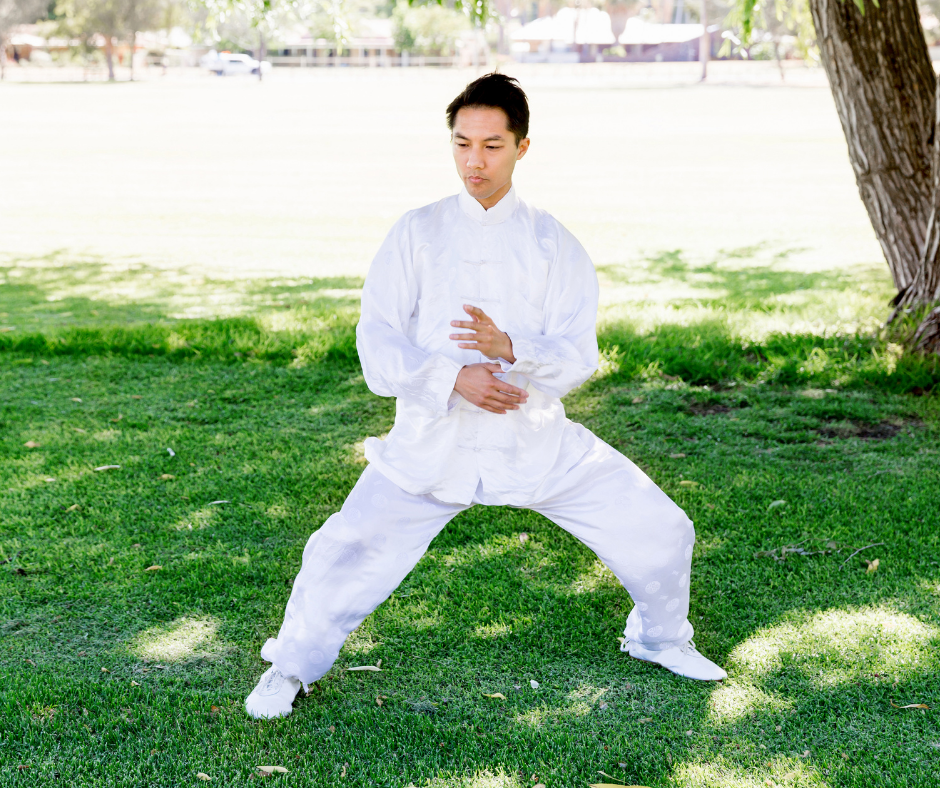
Most people will be aware that economy of motion implies, in most cases finding the shortest line between two points. In Kung Fu that is exemplified by using a straight punch; the straightest, shortest route to the target. Get in close, keep it tight, relax and unleash fast effective blows. In many ways, the one-inch punch is the ultimate expression of economy of motion. But it is so much more.
Economy of motion is an essential element within the whole philosophy of Tao Te Kung Fu. The psychologist E. R. Guthrie back in 1952 defined “skill” as “the ability to bring about some end result with the maximum certainty and minimum outlay of energy, or of time and energy.” This is a beautiful fit with the way we train.
The more anxious one gets, the higher one’s level of emotional arousal, the less one is able to competently perform complex manoeuvres. First, the fine motor skills go at around 115 heart beats per minute, then the multi-movement actions go at around 145 heartbeats per minute, and by the time you get to 175 you are able to perform only simple movements using the large muscles. This is one of the reasons that the more precise and complex techniques are only taught once students have a few years of training behind them; the training teaches them to remain calmer and more in control, and therefore able to use more complex techniques and the fine motor skills required for things like pressure points. Until one is competent enough to have the confidence and with it, the relaxed metabolism, to stay calm, one can’t use such complex and precise techniques.
All techniques are therefore stripped of all superfluous movements. The aim is the shortest motion, the quickest route to the objective, the least strength required, the technique that will achieve the fastest, easiest result.
This all means that the training methods must be the best, using the most comprehensive and effective programmes to get students to the highest level of ability in the shortest time. The first principle of fighting strategy is of winning in the fastest time; around 1.5 to 2 seconds should finish a fight. Because our aim has been to develop a system that, as far as is possible, anyone can use, all techniques should require the least strength. Which relates to another aspect of the style, which is targeting that achieves maximum effect with minimum power, while not relying on the tiny targeting of precise pressure points. For example, while there are plenty of points on the head that will finish a fight quickly, they are quite difficult to hit, partly because of size and partly because people automatically protect their head vigorously. By comparison, the neck has many vulnerable points, so many that one does not need to be very precise; you’re simply likely to hit one.
So if economy of motion achieves maximum certainty of outcome, with minimum expenditure of energy in the shortest time it is synonymous with what constitutes ‘skill.’
It is not enough to be effective in martial arts. Most styles, when performed by a competent practitioner will work, but to be efficient, to use the best economy of motion, means a system will work for more people and better, quicker and more easily.
